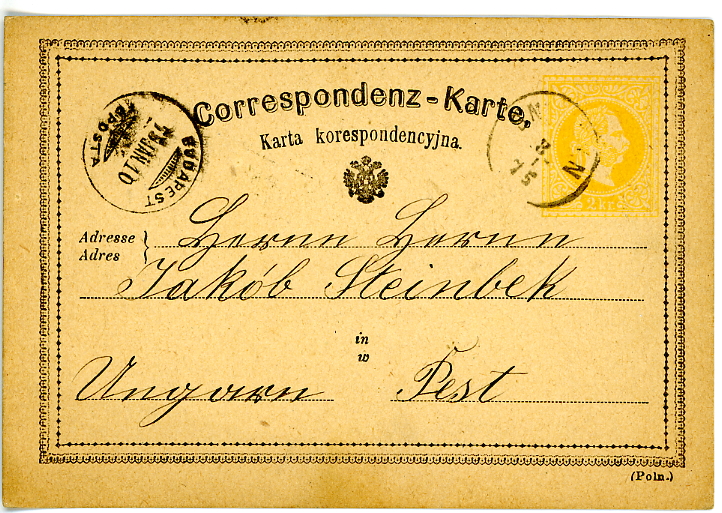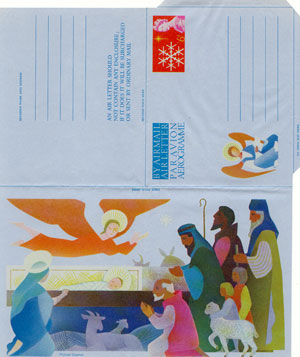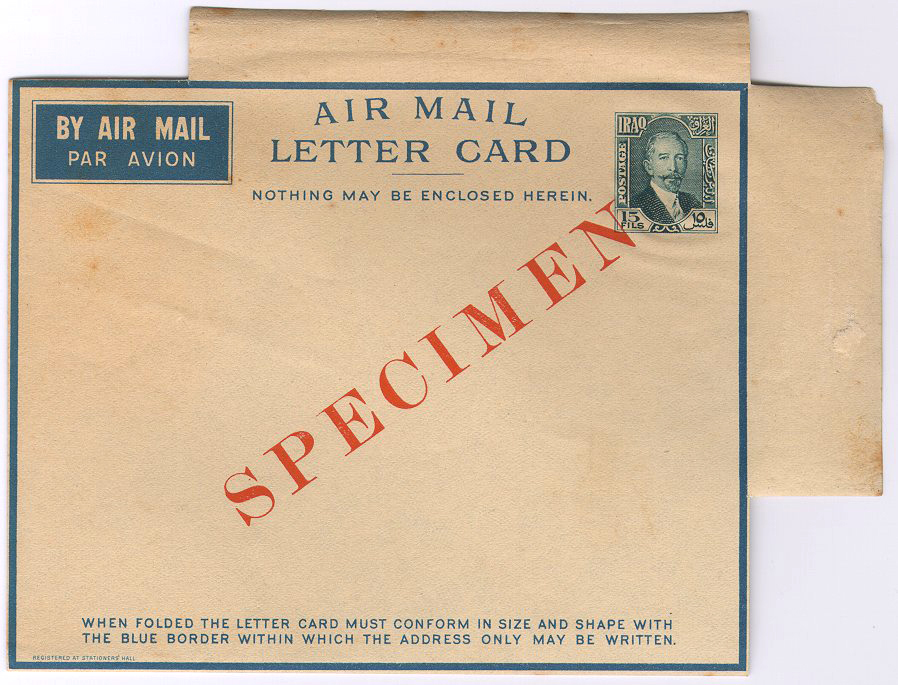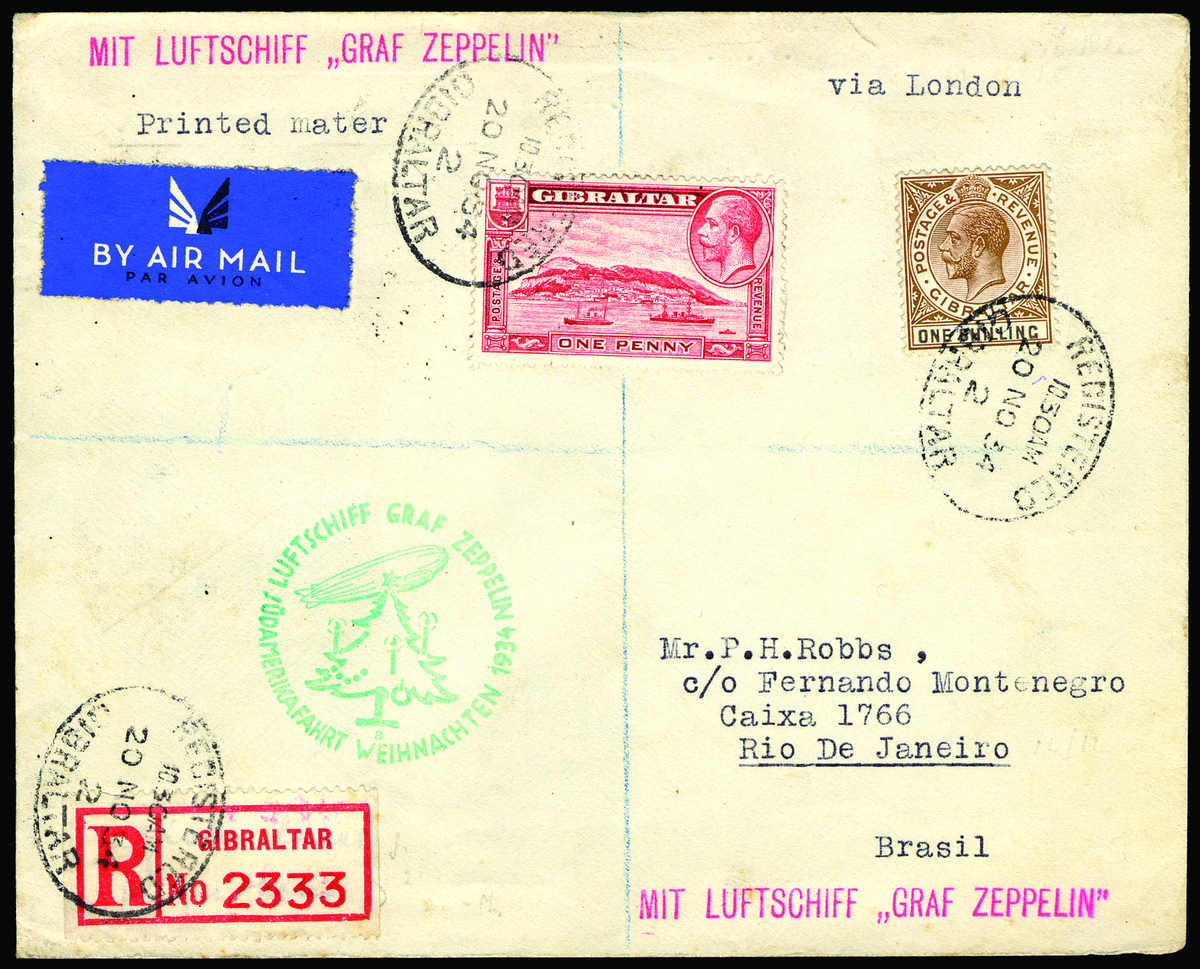|
Letter Card
In philately, a lettercard or letter card is a postal stationery item consisting of a folded card with a prepaid imprinted stamp. The message is written on the inside and the card is then folded and sealed around the edges. The recipient tears off and discards the perforated selvages to open the card. The fact that it is folded in half before it is sent means there is twice as much space for the message compared with a postal card of the same final size. The lettercard was first conceived by a Hungarian named Akin KarolyVan Gelder, Peter J.; ''The Collectors' Guide to Postal Stationery'', A Squirrel Publication (1997) and introduced in Belgium in 1882. Private issues were used in Great Britain in 1887.Mackay, James. ''Philatelic Terms Illustrated''. 4th edition. London: Stanley Gibbons, 2003, p.78. . The first official British letter card was issued in 1892. In Newfoundland, ''reply lettercards'', which included a small reply card, were introduced in 1912. Letter cards were iss ... [...More Info...] [...Related Items...] OR: [Wikipedia] [Google] [Baidu] |
Postal Stationery
A piece of postal stationery is a stationery item, such as a stamped envelope, letter sheet, postal card, lettercard, aerogram or Newspaper wrapper, wrapper, with an imprinted stamp or inscription indicating that a specific rate of postage or related service has been prepaid. It does ''not'', however, include any postcard without a pre-printed stamp, and it is different from freepost for preprinted cards issued by businesses. In general, postal stationery is handled similarly to postage stamps; sold from post offices either at the face value of the printed postage or, more likely, with a surcharge to cover the additional cost of the stationery. It can take the form of an official mail issue produced only for the use of government departments.Horning, Otto; ''The Illustrated Encyclopedia of Stamp Collecting'' (1970). History Postal stationery has been in use since at least 1608 with folded letters bearing the coat of arms Venice. Other early examples include British newsp ... [...More Info...] [...Related Items...] OR: [Wikipedia] [Google] [Baidu] |
GB 1892 1d Uprated Lettercard
GB, or Gb may refer to: Places * United Kingdom (ISO 3166-1 code), a sovereign country situated off the north-western coast of continental Europe ** Great Britain, an island situated off the north-western coast of continental Europe ** Kingdom of Great Britain (1707–1800), a predecessor country of the United Kingdom * Gilgit-Baltistan, a region in northern Pakistan * Guinea-Bissau, a sovereign state in West Africa * Green Bay, Wisconsin, United States * Great Barrington, Massachusetts, United States Businesses and organisations * GB Airways, a British airline * Gardner Bender, a manufacturer of professional electrician's tools and supplies * Girls' Brigade, a Christian organization for girls * Grande Bibliothèque, a large public library in Montreal * University of Wisconsin–Green Bay, an American university * ABX Air (IATA airline designator GB), a cargo airline * GB Glace, a Swedish ice cream company * Griesedieck Brothers beer, an American beer brand * GB Supermarkets, a ... [...More Info...] [...Related Items...] OR: [Wikipedia] [Google] [Baidu] |
Air Mail Letter Card 1943
An atmosphere () is a layer of gases that envelop an astronomical object, held in place by the gravity of the object. A planet retains an atmosphere when the gravity is great and the temperature of the atmosphere is low. A stellar atmosphere is the outer region of a star, which includes the layers above the opaque photosphere; stars of low temperature might have outer atmospheres containing compound molecules. The atmosphere of Earth is composed of nitrogen (78%), oxygen (21%), argon (0.9%), carbon dioxide (0.04%) and trace gases. Most organisms use oxygen for respiration; lightning and bacteria perform nitrogen fixation which produces ammonia that is used to make nucleotides and amino acids; plants, algae, and cyanobacteria use carbon dioxide for photosynthesis. The layered composition of the atmosphere minimises the harmful effects of sunlight, ultraviolet radiation, solar wind, and cosmic rays and thus protects the organisms from genetic damage. The current composition of t ... [...More Info...] [...Related Items...] OR: [Wikipedia] [Google] [Baidu] |
Philately
Philately (; ) is the study of postage stamps and postal history. It also refers to the collection and appreciation of stamps and other philatelic products. While closely associated with stamp collecting and the study of postage, it is possible to be a philatelist without owning any stamps. For instance, the stamps being studied may be very rare or reside only in museums. Etymology The word "philately" is the English transliteration of the French "", coined by Georges Herpin in 1864. Herpin stated that stamps had been collected and studied for the previous six or seven years and a better name was required for the new hobby than ''timbromanie'' (roughly "stamp mania"), which was disliked.Williams, L.N. & M. ''Fundamentals of Philately''. State College: The American Philatelic Society, 1971, p. 20. The alternative terms "timbromania", "timbrophily", and "timbrology" gradually fell out of use as ''philately'' gained acceptance during the 1860s. Herpin took the Greek root word φ ... [...More Info...] [...Related Items...] OR: [Wikipedia] [Google] [Baidu] |
Imprinted Stamp
In philately, an imprinted stamp is a stamp printed onto a piece of postal stationery such as a stamped envelope, postal card, letter sheet, letter card, aerogram or wrapper.Carlton, R. Scott. ''The International Encyclopedic Dictionary of Philately''. Iola WI: Krause Publications, 1997, p.117. . The printing may be flat upon the surface of the paper, or embossed with a raised relief.Van Gelder, Peter J.; ''The Collectors' Guide to Postal Stationery'', A Squirrel Publication, Shrewsbury, UK (1997) An imprinted stamp is also known as unadhesive stamp or indicium. The cost of the item of stationery includes the manufacture of the item and the charge for postal service. The design of imprinted stamps often bears a close resemblance to normal adhesive stamps of the same country and era. It may be a definitive or commemorative stamp. Collecting In the early days of philately, it was common to cut the imprinted stamp from the rest of the item and retain only the stamp. This ... [...More Info...] [...Related Items...] OR: [Wikipedia] [Google] [Baidu] |
Postal Card
Postal cards are postal stationery with an imprinted stamp or indicium signifying the prepayment of postage. They are sold by postal authorities. On January 26, 1869, Dr. Emanuel Herrmann of Austria described the advantages of a ''Correspondenz Karte''. By October 1, 1869 the world's first postal card was produced by Austria-Hungary.Van Gelder, Peter J.; ''The Collectors' Guide to Postal Stationery'', A Squirrel Publication (1997) They caught on quickly. By the end of 1870, Great Britain, Finland, Switzerland and Württemberg joined the countries issuing postal cards. In the United States, they were first produced in 1873.Bussey, Lewis E., Ed.; ''United States Postal Card Catalog'', United Postal Stationery Society, 2010, 248 pages. A complete and authoritative look at U.S. postal cards. Some of the forms taken by postal cards include the regular single card which may be commemorative or definitive, attached message-reply cards, airmail postal cards, and official pos ... [...More Info...] [...Related Items...] OR: [Wikipedia] [Google] [Baidu] |
Aerogram
An aerogram, aerogramme, aérogramme, air letter or airletter is a thin lightweight piece of foldable and gummed paper for writing a letter for transit via airmail, in which the letter and envelope are one and the same. Most postal administrations forbid including items inside these light letters, which are usually sent abroad at a preferential rate, and enclosing items may cause the mail to go at the higher letter rate. The use of the term ''aerogramme'' was officially endorsed at the 1952 Universal Postal Union Postal Union Congress in Brussels."The Evolution of the Postal Service in the Era of the UPU" by Jamie Gough in ''The London Philatelist'', Vol.114, No. 1331, December 2005, pp.362-363. Thereafter, the term ''air letter'' quickly faded from use. Most aerograms have an imprinted stamp indicating the prepayment of postage, which meets the definition of being postal stationery. However, some countries, such as Zimbabwe and Republic of Ireland, Ireland, sell unstamped aero ... [...More Info...] [...Related Items...] OR: [Wikipedia] [Google] [Baidu] |
Letter Sheet
In Philately, philatelic terminology a letter sheet, often written lettersheet, is a sheet of paper that can be folded, usually sealed (most often with sealing wax in the 18th and 19th centuries), and mailed without the use of an envelope, or it can also be a similar item of postal stationery issued by a postal authority. Letter sheets derive from the form in which written correspondence was made up before the mid-19th century—letters were written on one or more sheets of paper that were folded and sealed in such a way that the address could be written on the outside. The term lettersheet has been used to describe the unstamped folded sheet letters used before envelopes became popular. Recent academic research and conservation initiatives have termed such folded and sealed letters as "letterpackets”; however, only a relatively small number of early examples, such as the Brienne Collection (1689–1706) at The Hague, are known to exist. Envelopes were not used much before the ... [...More Info...] [...Related Items...] OR: [Wikipedia] [Google] [Baidu] |
Aerogram
An aerogram, aerogramme, aérogramme, air letter or airletter is a thin lightweight piece of foldable and gummed paper for writing a letter for transit via airmail, in which the letter and envelope are one and the same. Most postal administrations forbid including items inside these light letters, which are usually sent abroad at a preferential rate, and enclosing items may cause the mail to go at the higher letter rate. The use of the term ''aerogramme'' was officially endorsed at the 1952 Universal Postal Union Postal Union Congress in Brussels."The Evolution of the Postal Service in the Era of the UPU" by Jamie Gough in ''The London Philatelist'', Vol.114, No. 1331, December 2005, pp.362-363. Thereafter, the term ''air letter'' quickly faded from use. Most aerograms have an imprinted stamp indicating the prepayment of postage, which meets the definition of being postal stationery. However, some countries, such as Zimbabwe and Republic of Ireland, Ireland, sell unstamped aero ... [...More Info...] [...Related Items...] OR: [Wikipedia] [Google] [Baidu] |
Postcard
A postcard or post card is a piece of thick paper or thin cardboard, typically rectangular, intended for writing and mailing without an envelope. Non-rectangular shapes may also be used but are rare. In some places, one can send a postcard for a lower fee than a letter. Stamp collectors distinguish between postcards (which require a postage stamp) and postal cards (which have the postage pre-printed on them). While a postcard is usually printed and sold by a private company, individual or organization, a postal card is issued by the relevant postal authority (often with pre-printed postage). Production of postcards blossomed in the late 19th and early 20th centuries. As an easy and quick way for individuals to communicate, they became extremely popular. The study and collecting of postcards is termed ''deltiology'' (from Greek , small writing tablet, and the also Greek ''-logy'', the study of). History 1840 to 1864 Cards with messages have been sporadically created ... [...More Info...] [...Related Items...] OR: [Wikipedia] [Google] [Baidu] |
Philatelic Terminology
Philately (; ) is the study of postage stamps and postal history. It also refers to the collection and appreciation of stamps and other philatelic products. While closely associated with stamp collecting and the study of postage, it is possible to be a philatelist without owning any stamps. For instance, the stamps being studied may be very rare or reside only in museums. Etymology The word "philately" is the English transliteration of the French "", coined by Georges Herpin in 1864. Herpin stated that stamps had been collected and studied for the previous six or seven years and a better name was required for the new hobby than ''timbromanie'' (roughly "stamp mania"), which was disliked.Williams, L.N. & M. ''Fundamentals of Philately''. State College: The American Philatelic Society, 1971, p. 20. The alternative terms "timbromania", "timbrophily", and "timbrology" gradually fell out of use as ''philately'' gained acceptance during the 1860s. Herpin took the Greek root word ... [...More Info...] [...Related Items...] OR: [Wikipedia] [Google] [Baidu] |










